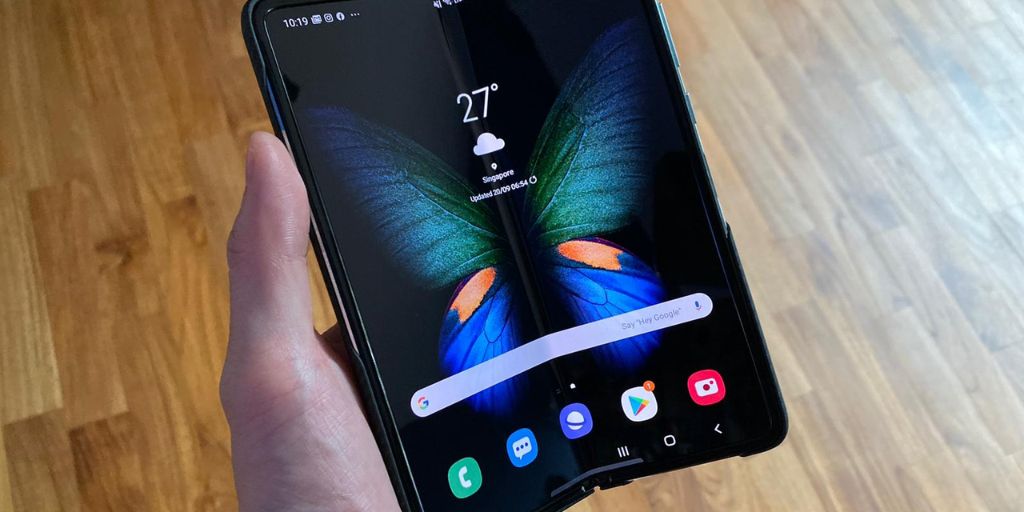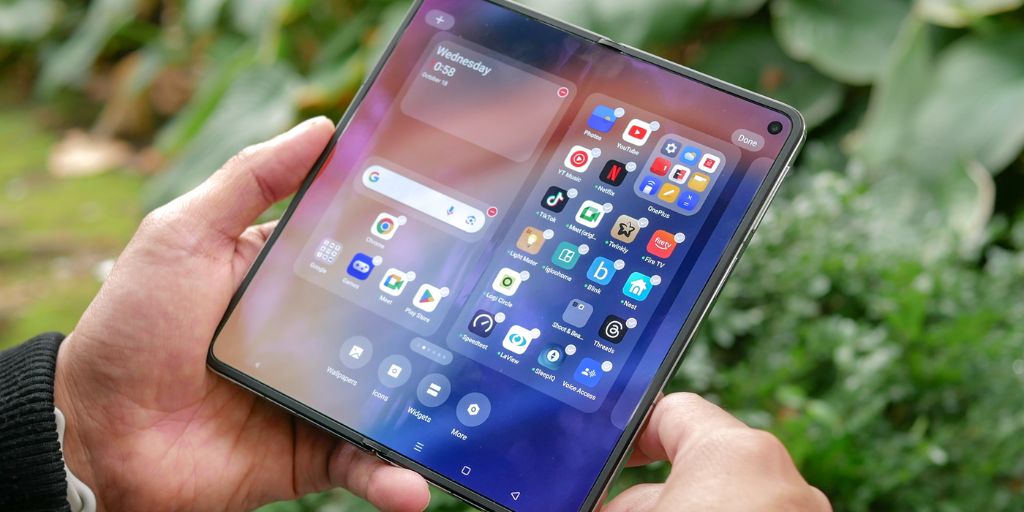In the fast-evolving world of smartphones, it seems like every few years a new innovation grabs the spotlight. Over the past few years, foldable phones have emerged as the latest headline-grabbing trend.
Brands like Samsung, Huawei, and Motorola have all introduced foldable models that promise a blend of cutting-edge tech and futuristic design.
But with high price tags and questions about durability, many consumers are left wondering: Are foldable phones a worthwhile evolution, or just a flashy gimmick?
The Appeal of Foldable Technology
The core promise of foldable phones is simple yet compelling: more screen real estate without a larger device. Users can enjoy the portability of a standard smartphone, but with a screen that expands to tablet size when needed. This duality offers a new level of flexibility for multitasking, gaming, and media consumption.
For example, Samsung’s Galaxy Z Fold series turns a regular phone into a mini tablet, allowing users to run multiple apps side by side.
Huawei’s Mate X series and Motorola’s revamped Razr offer similar experiences, creating buzz among tech enthusiasts and early adopters. The novelty factor is hard to deny—folding a screen feels futuristic in a way flat smartphones don’t.
Innovations Driving the Trend
Behind the scenes, foldable phones represent a significant technological achievement. Engineers have had to design flexible OLED screens that can withstand repeated bending without damage.
Hinges need to be robust yet compact, and software has to be optimized to transition smoothly between folded and unfolded modes. These challenges have led to genuine breakthroughs in display technology, hinge mechanisms, and material science.
Samsung, in particular, has pushed the envelope with its Ultra Thin Glass (UTG), which adds durability while maintaining flexibility. Meanwhile, brands are working on water resistance, screen protection, and even stylus support—features that were once thought impractical for foldable devices.
The Cost of Cutting-Edge Design
Despite their appeal, foldable phones come with a hefty price tag. Most models start around $1,000 and can easily climb to $2,000 or more.
For many consumers, this is a significant investment, especially considering the risk factors involved. Early versions of foldables were plagued by issues: fragile screens, visible creases, and hinge malfunctions. While newer generations have improved, concerns about longevity still linger.
Moreover, repair costs are steep. A cracked screen on a standard smartphone is expensive enough, but on a foldable, it can cost several hundred dollars—or more—to fix. This raises questions about the long-term practicality of foldables, especially for users who don’t baby their devices.
Are Foldables Meeting Real Needs?
One of the biggest critiques of foldable phones is that they solve a problem few people actually have. Standard smartphones have grown larger over the years, with many now offering screens well over six inches. For most users, these sizes are adequate for watching videos, browsing the web, and even light productivity tasks.
Foldables, by contrast, target a niche market: people who want the convenience of a phone but occasionally need more screen space. For professionals who multitask heavily or for media lovers, this added flexibility can be valuable. However, for the average consumer, the benefits may not justify the extra cost and potential durability trade-offs.
The Gimmick Factor
It’s fair to ask whether foldable phones are more of a marketing gimmick than a meaningful leap forward. Tech companies are always searching for the “next big thing,” and foldables certainly capture attention. They generate buzz at trade shows and tech events, and early adopters love showcasing them.

However, history is littered with flashy innovations that didn’t stand the test of time—think 3D TVs or modular smartphones. Critics argue that unless foldables can prove their reliability, affordability, and genuine usefulness, they risk falling into the same category: interesting, but ultimately unnecessary.
Signs of a Maturing Market
Despite skepticism, there are reasons to believe foldable phones are more than a passing fad. Sales figures, while still modest compared to traditional smartphones, are growing steadily. Samsung reported selling millions of foldable units in recent years, and other manufacturers are doubling down on their foldable roadmaps.
Additionally, foldable tech is starting to diversify. We’re seeing rollable displays, dual-screen concepts, and even laptops that fold down the middle. This broader trend suggests that flexible display technology has staying power and could influence multiple device categories in the future.
Consumer Response and Future Outlook
Consumer response remains mixed but hopeful. Early adopters rave about the versatility and wow factor, while others prefer to wait until prices come down and durability concerns are fully addressed. As competition increases and production methods improve, it’s likely we’ll see more affordable and robust models in the next few years.
Looking ahead, the success of foldable phones may hinge on a few key factors: affordability, durability, and real-world usefulness. If manufacturers can check all these boxes, foldables could become a mainstream option rather than a niche luxury. Until then, they remain a fascinating glimpse into what the future of mobile tech could look like.
Conclusion: Evolution or Hype?
Foldable phones represent one of the boldest steps in smartphone design in recent years. They blend innovation with ambition, offering a product that genuinely feels new. However, their high cost, durability questions, and niche appeal mean they’re not for everyone—at least not yet.
For now, they occupy a unique space in the market: part evolution, part experiment. Whether they’ll redefine mobile tech or become a cautionary tale of overhyped innovation remains to be seen—but one thing’s certain: they’ve made us all rethink what a phone can be.



